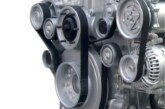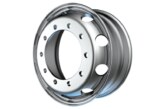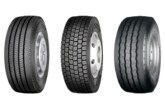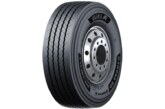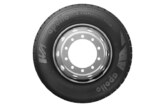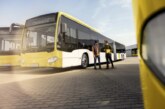
On-vehicle lighting is crucial for the safe operation of commercial vehicles, and is therefore subject to rigorous regulation. Should you need to replace or repair these components, you need to be sure that you are fitting products that comply with the required standards. ECCO explains.
Whether due to an accident, the need to upgrade, or simply because of general wear and tear, external lighting, such as lightbars and beacons, periodically need to be replaced. This means operators and workshops need to be aware that any replacement must comply with the certificated regulations for the specific application.
The standards are devised by the United Nations Economic Commission for Europe (UNECE). It is an organisation that issues standards and recommends practices for the design, manufacture, maintenance and operation of equipment for all self-propelled vehicles. Below are the regulations on- vehicle lighting in the UK needs to adhere to.
ECE R65
UN ECE Regulation 65 (R65) is the uniform provisions concerning the approval of special warning lamps for power-driven vehicles and their trailers. The European Directive UN ECE R65 is set by the UNECE and has been in force since 1st March 2009. This directive defines the requirements for optical and acoustic signals for new vehicles and trailers. The UN ECE R65 covers labelling, light output (intensity and dispersion), flash rate, and colour for beacons, minibars, lightbars and directional lights.
There are a range of key conditions that an R65 approved product must meet, including flash rate between 2 to 4Hz. Each light is tested for light intensity and light dispersion to meet set conditions for Class I (night time) or Class II (night and day intensity levels). Heat resistance and water ingress are also measured, as is colour. In Europe, all work vehicles must be fitted with R65 approved products, while in the UK this is not yet mandatory. However, Chapter 8 of the Traffic Signs Manual recommends the use of R65 approved products. This recommendation states that vehicles need to be equipped with either a roof-mounted, flashing amber warning lightbar, or two independent, roof-mounted flashing amber beacons which are visible through 360°.
R65 products are tested under strict laboratory conditions, and once approved, are issued with a certificate. The E-mark must be clearly displayed on the product. Every beacon, lightbar or directional is tested for light intensity and light dispersion to meet the conditions for Class I and Class II for its colour range and category.
ECE R10
In the automotive industry, there are other regulations that products need to conform to. One of them is the Regulation 10 (R10), which relates to electromagnetic compatibility (EMC). This mandatory European product safety regulation is focused more specifically on electrical products fitted to ‘on-road’ vehicles. The R10 sets requirements for electromagnetic compatibility in emission and/or immunity.
ECCO’s approach
ECCO offers a wide range of products that meet European regulations, with most of them exceeding the minimum expectations required. From lightbars, to directional, through to beacons, ECCO’s latest lightbars (ex. 12+, 13 and 21 series lightbars), the relaunched ECCOLED beacon series – and many of the directional LEDs – meet the rigorous standards required by R10 and R65.

